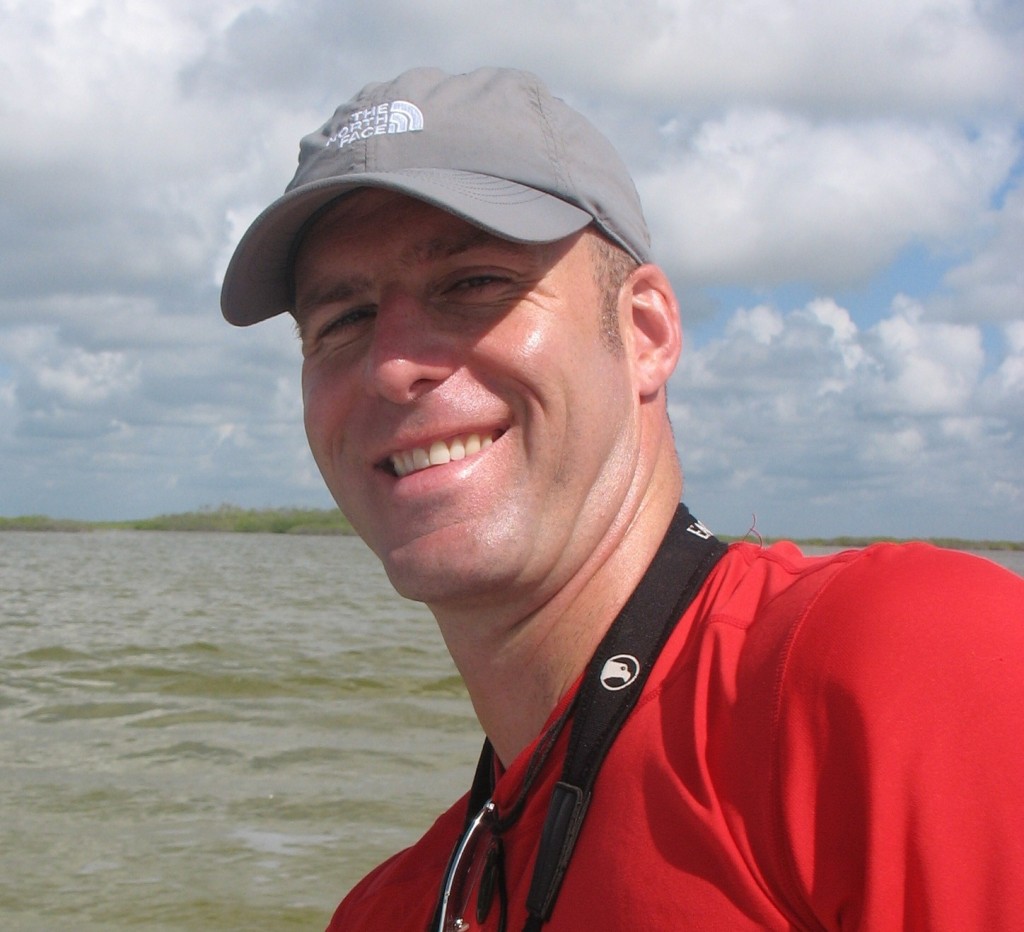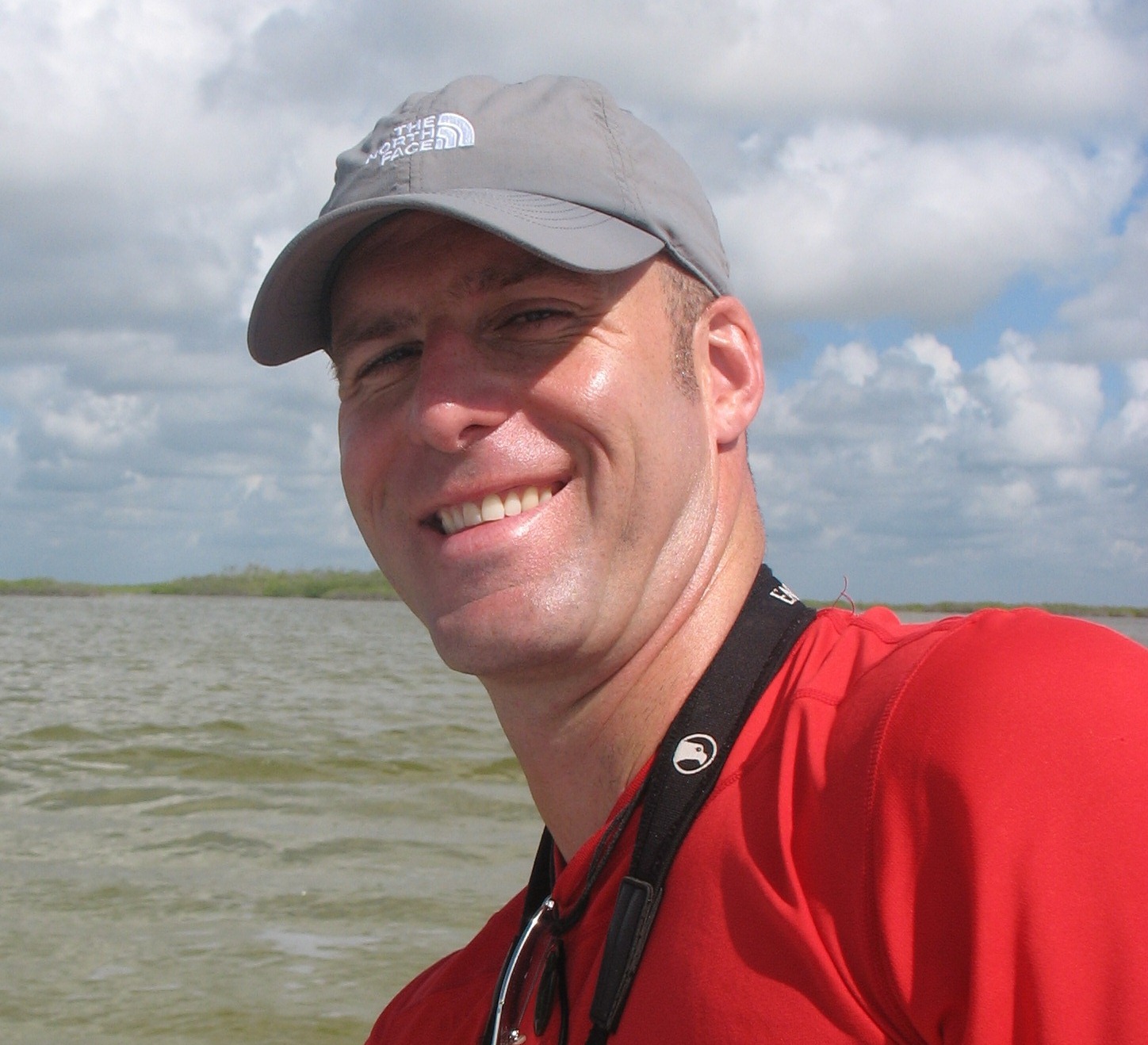My primary interest in going on this trip was to get a better understanding of the type of environmental issues that were occurring in a very different part of the world, and to contrast these with the challenges faces in North America and use these insights to inform perspectives in my research and teaching. As an ecologist and conservation biologist, I viewed our experiences through a different lens than the rest of the party which included anthropologists, economists, policy experts and many other specialists. I am familiar with environmental policy, politics, and some economics as it relates to biodiversity conservation, but my perspectives have been more heavily focused on conservation science.
I was surprised to see how similar many of the local and national environmental issues in Korea were to those we face in North America. Korean citizens face various types of energy-sector driven pollution, contend with having a minor voice in government relative to those of the large businesses that drive the development and energy sectors, struggle to build the capacity and strategies to respond to these crises and fight back, and are assisted by well-meaning NGOs in doing so. We saw a nuclear plant emitting pollution and being pushed through recommisioning well-past its safety limits, which are issues happening in our own state of New York. We saw people suffering economic and health consequences of coal power, another issue that has been of major importance in the Northeast United States. The case we saw in which a massive tidal mud flat was threatened by development of a dam site that would likely impact the functioning of the ecosystem and threaten endangered species also has many environmental precedents in US history, though was driven by indirectly by an attempt to meet green energy goals associated with international climate change agreements.
I was equally surprised to see the specific ways in which these environmental case studies had more unique components. For example, Korean society appears to be more explicitly stratified by class. We were informed by the people in the more rural provinces that their voice was unlikely to hold any weight with politicians or other decision-makers in Seoul because they were looked down upon by those in more urban environments and seen as uneducated people who don’t matter. This mechanism limits input and feedback from the most important local environmental stakeholders who are those that face the costs of environmental degradation. This was an interesting and informative example of how cultural differences will drive effective conservation strategies.
Perhaps most relevant to developing my perspectives on international conservation and using this as a teaching tool was a broader concept. I have found that in wildlife conservation biology, we develop a broad set of strategies that can be deployed in different cases. These ‘tools’ are general approaches useful in specific cases. For example, captive breeding is important when wild populations become so low that animals cannot find each other to reproduce, genetic diversity needs to be maintained, or in which human exploitation is a problem. This general tool kit approach seems to be a model followed in the broader environmental conservation world, as well. It was clear from our conversations with NGO representatives and the citizens that they were working with that there were a number of time-tested strategies that work well. Clearly, however, those strategies must be highly tailored to each specific case to work well. This tailoring of strategy is something that I’ve found is important in conservation biology, but rarely discussed explicitly. My experience in Korea was profound in that it taught me that cultural boundaries, while significant, can be overcome by those with passion for conservation of natural resources and that cross-border cooperation will help participants on all sides through sharing of tools that can help better tailor local conservation efforts and bridge communities with similar challenges.
